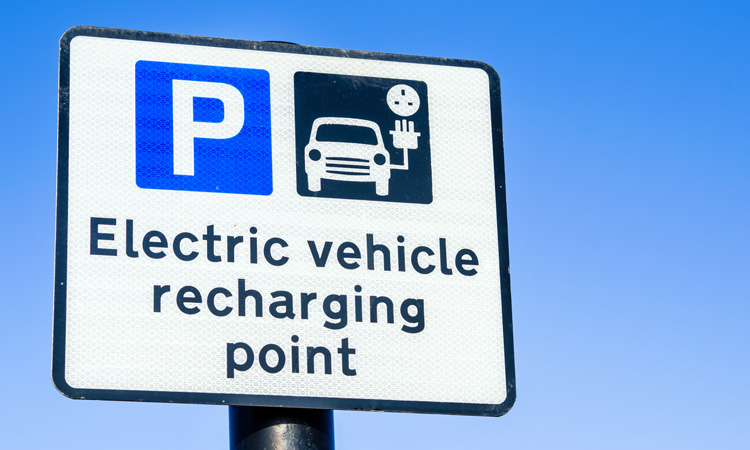DfT lays out vision for UK EV rapid chargepoint network
- Like
- Digg
- Del
- Tumblr
- VKontakte
- Buffer
- Love This
- Odnoklassniki
- Meneame
- Blogger
- Amazon
- Yahoo Mail
- Gmail
- AOL
- Newsvine
- HackerNews
- Evernote
- MySpace
- Mail.ru
- Viadeo
- Line
- Comments
- Yummly
- SMS
- Viber
- Telegram
- Subscribe
- Skype
- Facebook Messenger
- Kakao
- LiveJournal
- Yammer
- Edgar
- Fintel
- Mix
- Instapaper
- Copy Link
Posted: 15 May 2020 | Sam Mehmet (Intelligent Transport)
The UK government has undertaken an analysis to assess the number of chargepoints required to meet future charging needs along motorways and major A roads.


As part of the UK’s commitment to end its contribution to climate change, the government has announced that it is committed to supporting growth of green, zero emission technologies. As part of this, the Department for Transport has published targets for high-powered chargepoints across England’s motorway and A road network.
The government is consulting to bring forward the end of the sale of new petrol and diesel cars and vans to 2035, or earlier if a faster transition is feasible, and extensive public charging infrastructure across the UK is said to be a key part of this transition.
Currently, a driver is reportedly never more than 25 miles away from a rapid (50 kilowatt) chargepoint anywhere along England’s motorways and major A roads, with a total of 809 open-access rapid chargepoints, as of 1 January 2020. This includes an average of two rapid chargepoints at motorway service areas with more being rolled out over the next year.
The Rapid Charging Fund was announced in the March 2020 Budget as part of a £500 million commitment for EV charging infrastructure. The funding aims to ensure that there is a rapid-charging network ready to meet the long-term consumer demand for electric vehicle chargepoints ahead of need.
The following ambitions will be supported by the Rapid Charging Fund to assist where the electrical connection costs of upgrading sites to meet future charging demand is not commercially viable:
- By 2023, the government aims to have at least six high powered, open access chargepoints (150 – 350 kilowatt capable) at motorway service areas in England, with some larger sites having as many as 10-12. These high powered chargepoints are able to charge up to three times faster than most of the chargepoints currently in place, and can deliver around 120-145 miles of range in just 15 minutes for a typical electric vehicle
- By 2030, the government expects the network to be extensive and ready for more people to benefit from the switch to electric cars. There are plans for there to be around 2,500 high powered chargepoints across England’s motorways and major A roads
- By 2035 , the government expects around 6,000 high powered chargepoints across England’s motorways and major A roads.
Under the vision, new chargepoints aim to be ‘easy to use and hassle-free’:
- Drivers will be able to pay for the cost of charging their vehicle using debit or credit card payment
- Information about the chargepoints on motorways will be openly available, helping drivers choose when, where and how they charge
- Chargepoints will be available 99 percent of the time
- Drivers will be supported by 24/7 customer care to handle any technical issues
- Sites will have chargepoints that support all types of electric vehicles
- There will be clear pricing information available in pence per kilowatt hour.
Related modes
Electric Transport
Related cities
UK
Related organisations
Department for Transport (DfT)








